In framework/base/data/etc/platform.xml
You can define your newly created permission with a corresponding gid.
<permissions>
<!-- ================================================================== -->
<!-- ================================================================== -->
<!-- ================================================================== -->
<!-- The following tags are associating low-level group IDs with
permission names. By specifying such a mapping, you are saying
that any application process granted the given permission will
also be running with the given group ID attached to its process,
so it can perform any filesystem (read, write, execute) operations
allowed for that group. -->
<permission name="android.permission.BLUETOOTH_ADMIN" >
<group gid="net_bt_admin" />
</permission>
<permission name="android.permission.BLUETOOTH" >
<group gid="net_bt" />
</permission>
<permission name="android.permission.BLUETOOTH_STACK" >
<group gid="net_bt_stack" />
</permission>
<permission name="android.permission.NET_TUNNELING" >
<group gid="vpn" />
</permission>
<permission name="android.permission.INTERNET" >
<group gid="inet" />
</permission>
<permission name="android.permission.CAMERA" >
<group gid="camera" />
</permission>
<permission name="android.permission.READ_LOGS" >
<group gid="log" />
</permission>
...
</permission>
Other permission definitions is not in the above file, because there are actually two kinds of permission in Android as shown in the following figure. Only permissions that enforced by Linux Kernel are defined in that file.

Other permissions like ACCESS_FINE_LOCATION, READ_CONTACTS, etc are defines in the AndroidManifest.xml in system applications(packages/.../AndroidManifest.xml) and framework(frameworks/base/core/res/AndroidManifest.xml).
After you adding your permission and related code, compile and build the project according to Building Instruction
